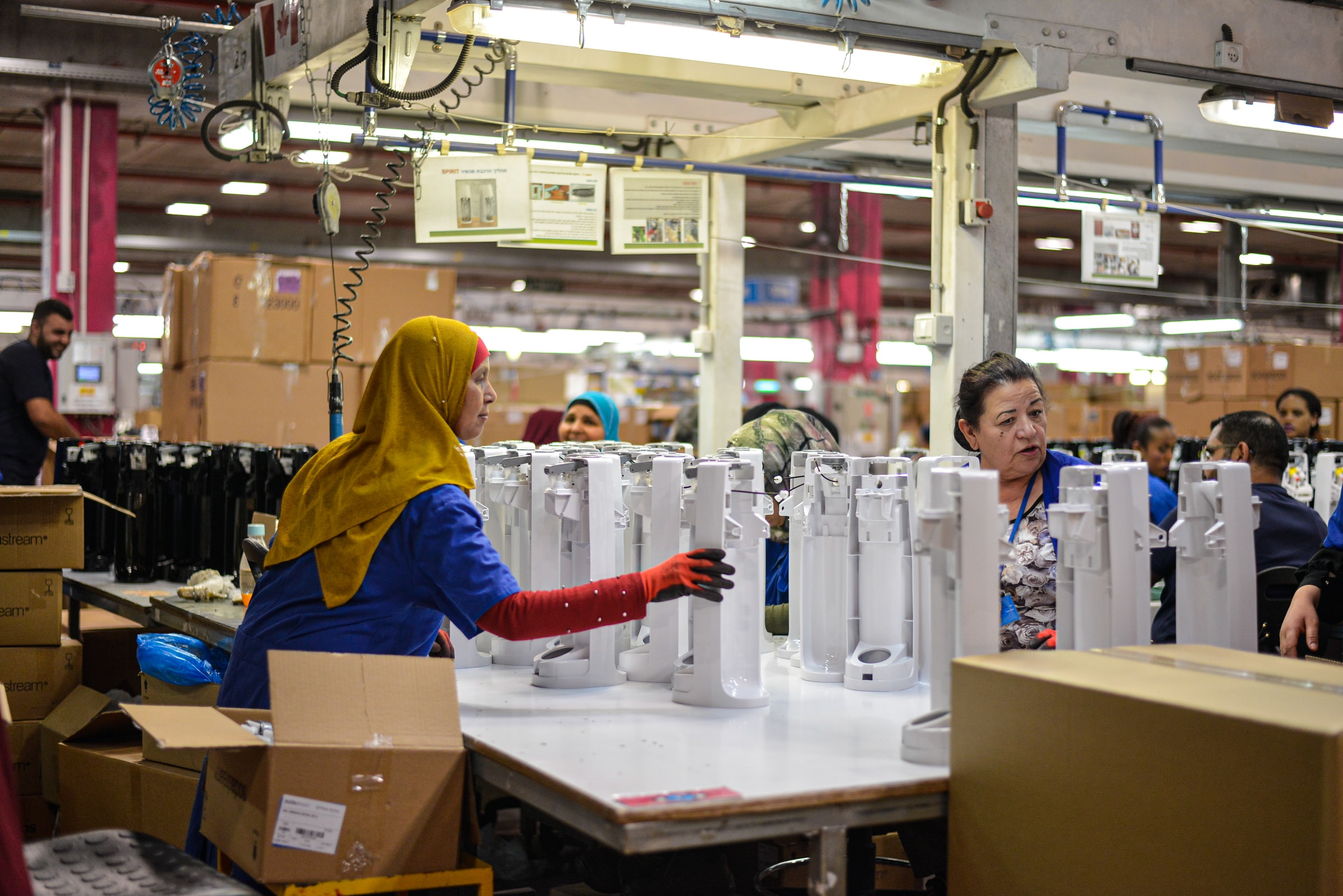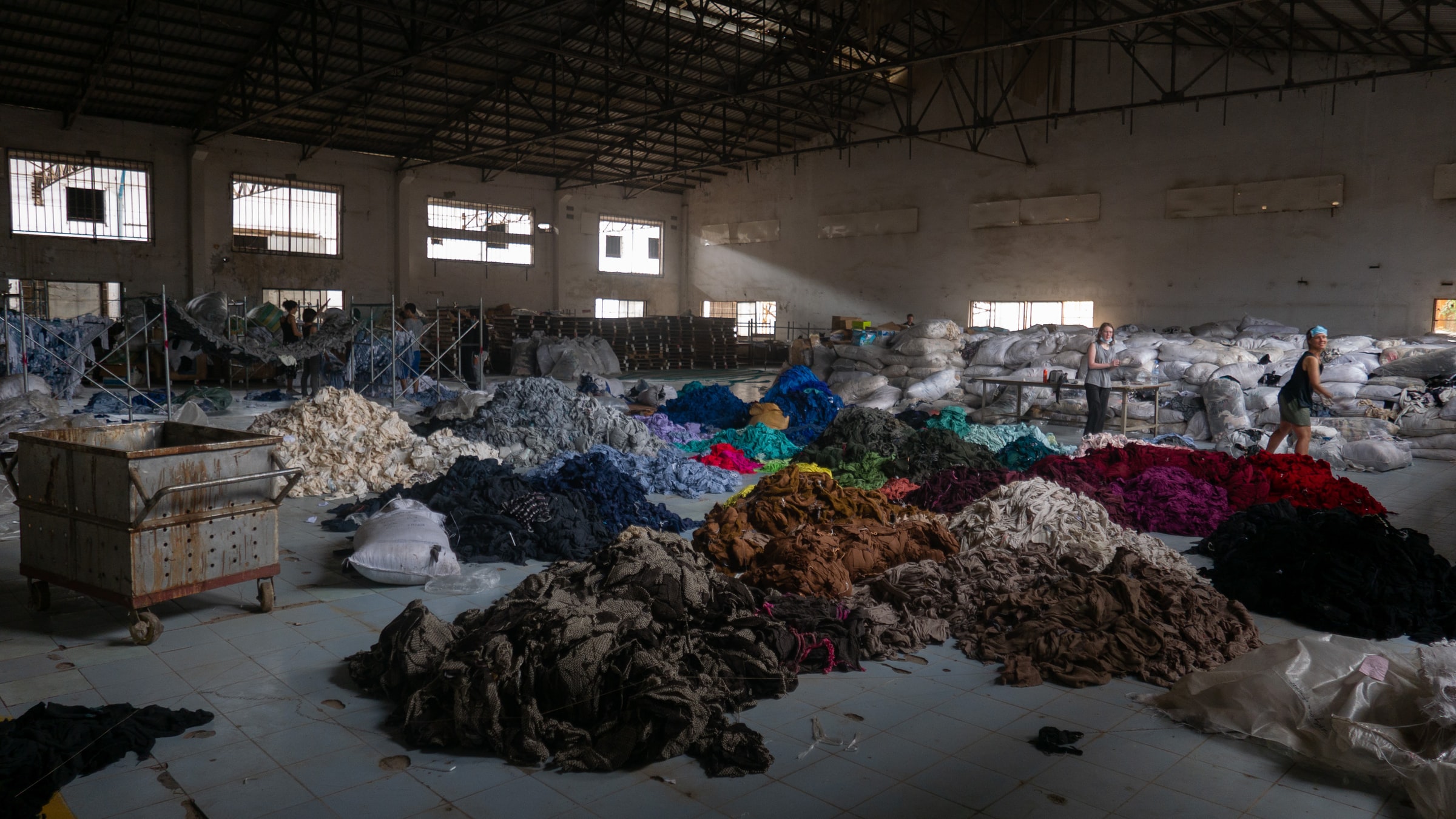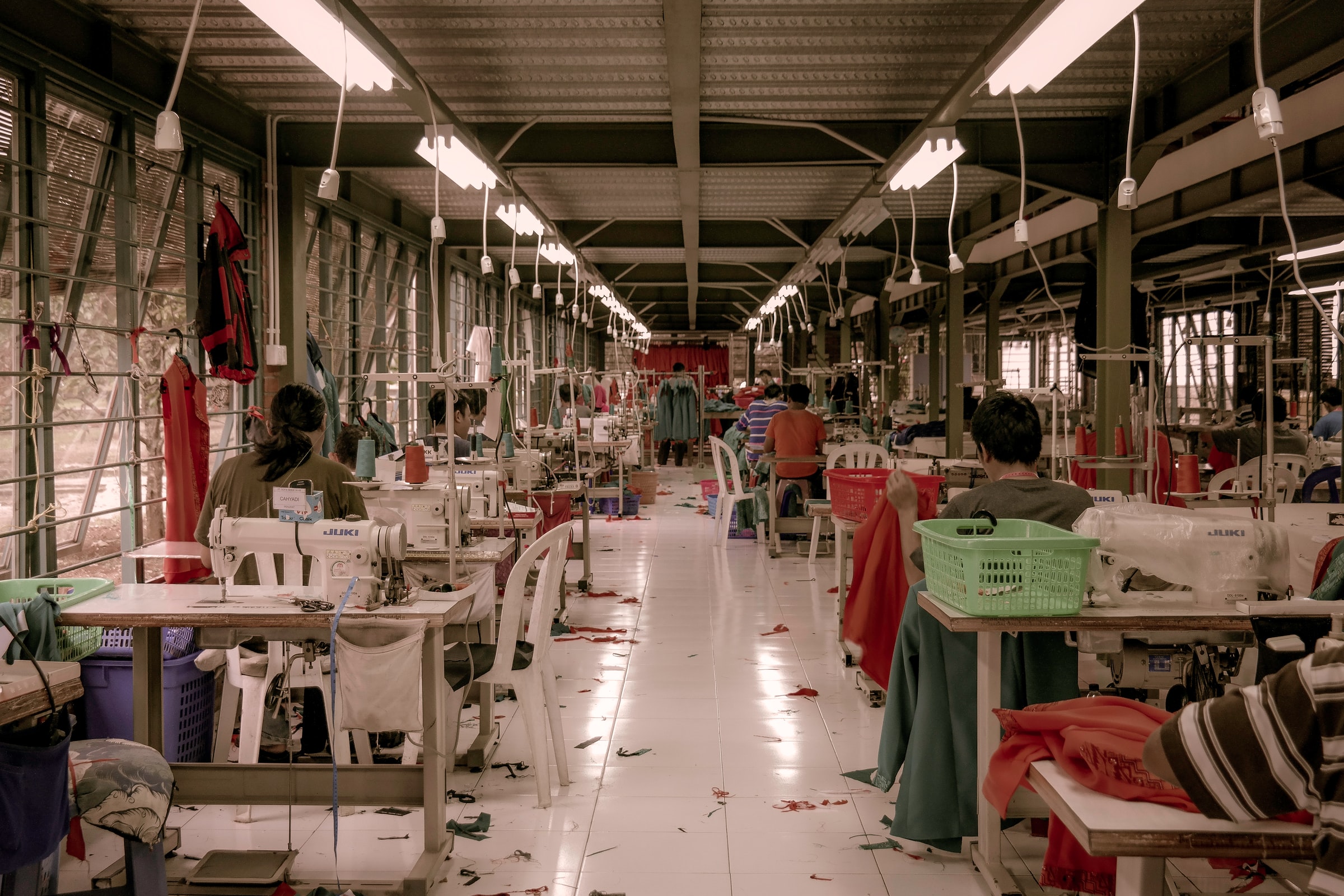Due to the growing population and the internet age we live in, we spend a lot of money on clothes, which is not always good for our planet. Companies like Forever 21, H&M, and even Zara are major contributors to the fast fashion industry, producing fashionable and cheap clothes that cost our environment a lot of money, as mass production of fashion items is not useful for the planet.
Since these clothes go out of fashion and disappear again with a snap of the fingers, most of them are usually thrown away and end up in the fields. So, without further ado, let’s dive further into this blog and learn more about fast fashion and why you should be against it.
What is it?

Fast fashion is a widespread trend in the fashion industry based on an ultra-fast renewal of collections. Relying on a frantic and unsustainable production rate, some ready-to-wear brands renew their collections every two weeks or less. This practice, inherited from the second half of the twentieth century with the emergence of “lean management” at Toyota, has been imposed over time in all industries. This “disposable” fashion produced at a lower cost has disastrous social and environmental consequences.
The aim is to minimize production costs, manufacture just in time, and reduce supply times to increase profitability. The food sector very quickly adopted this organizational model to create the concept of “fast food” and thus offer to the most significant number of people products of lower quality, manufactured quickly and sold on a global scale. Today, this practice has spread to the fashion industry, and most large textile companies operate according to this dominant “fast fashion” model.
1. Human exploitation
The fast fashion industry usually starts in “third world” countries like Bangladesh and China, and the workers in this industry are exploited and underpaid and considered interchangeable objects. These are the aspects of fast fashion that are not usually talked about because we live in a world where there is nothing wrong as long as white bodies don’t have to suffer.
Hundreds of people die every year as a result of the fast fashion industry. The young fashion industry employs mostly young women from developing countries, 80% of whom are between 18 and 24 years old. Some factories even employ underage children, who are naturally underpaid and exploited. To understand the exploitation of these people, let me give you a concrete example: in 2013, an eight-story building collapsed in Bangladesh, killing 1134 workers and injuring more than 2500 others.
That didn’t even make the international news. Why, you ask? Because developed countries have always benefited from the labor of black and brown people. This news did not make a big splash in international waters. After all, it wasn’t seen as something to get upset about because white people weren’t hurt in the process, but they were profiting from this inhumane business.
2. Fast fashion is an ecological scourge

The fashion industry is considered the second most polluting sector in the world, directly after the oil industry. With an average of 52 collections per year for some brands, our fashion is disposable and hardly recyclable. Its production is a heresy for the planet: cotton and polyester, which make up the majority of our clothes, are not biodegradable.
They are very energy-consuming; they pollute water, underwater environments, and consequently, our food chain. Enjoy your meal, of course. Child labor, relocation, extreme working conditions, miserable wages… In the Philippines, for example, textile workers are paid $0.88 per hour, $2 in Bangladesh. Should we really accept that people suffer to produce our clothes?
3. We just don’t need that many clothes!
Fifty years ago, we bought about 25 clothes a year. Today, we buy… 80 every year. Scary, isn’t it? Every year, we buy more than 80 billion clothes in the world. Take 5 minutes and open your closet. Count the number of jeans you own, the number of T-shirts you wear, and all the other clothes you may not have removed the tags from yet. So, what’s the bottom line?
Have you also noticed that even at Zara, prices are going up severely? Fast fashion brands are starting to create their capsule collections, raising their prices and demands. The quality, however, does not change. The conditions of production of these clothes do not change either.
Final thoughts

Personally, I only shop at thrift stores these days, and when I buy clothes at a store, I do my due diligence beforehand and do research, and avoid shopping at fashion brands that profit from the fast fashion industry. Sound off in the comments section below and tell us what you want to read next and if you want to read more about fast fashion and its impact on our planet.



